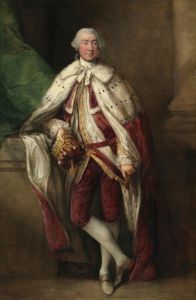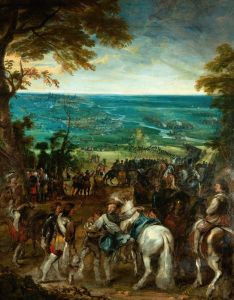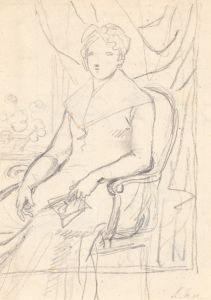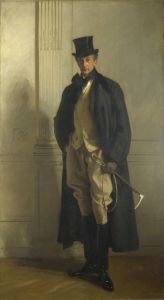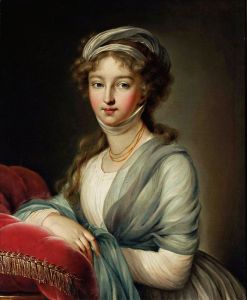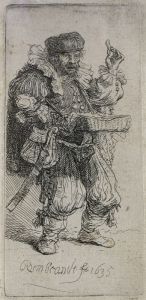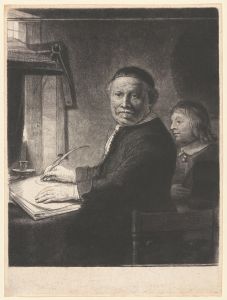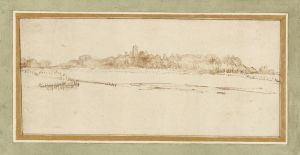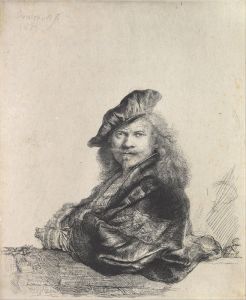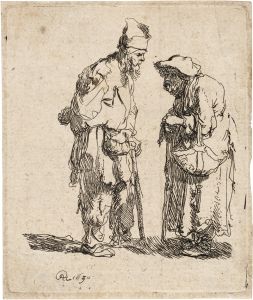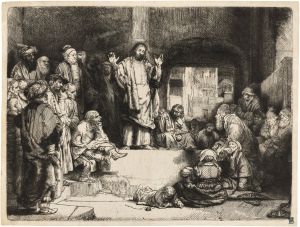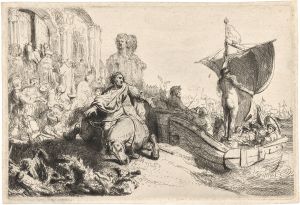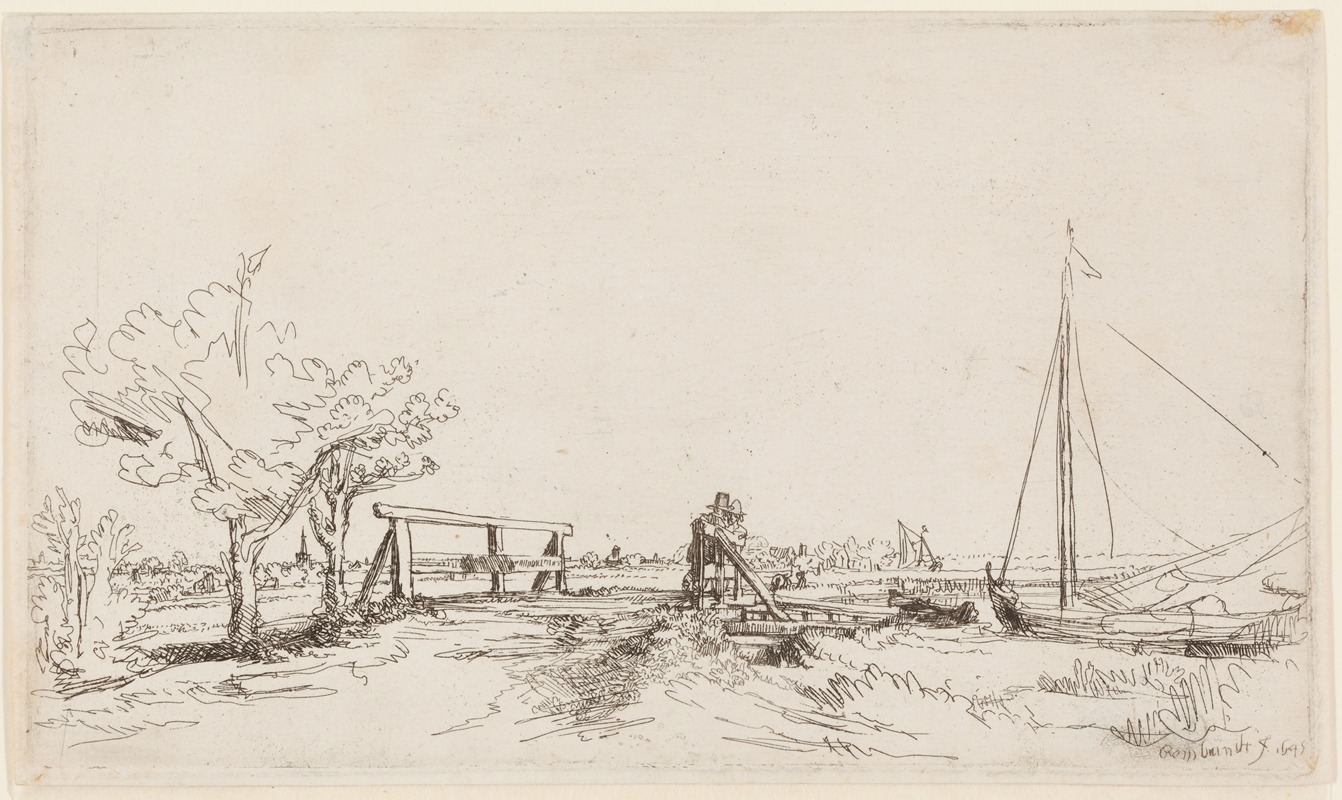
Jan Six’ bridge
A hand-painted replica of Rembrandt van Rijn’s masterpiece Jan Six’ bridge, meticulously crafted by professional artists to capture the true essence of the original. Each piece is created with museum-quality canvas and rare mineral pigments, carefully painted by experienced artists with delicate brushstrokes and rich, layered colors to perfectly recreate the texture of the original artwork. Unlike machine-printed reproductions, this hand-painted version brings the painting to life, infused with the artist’s emotions and skill in every stroke. Whether for personal collection or home decoration, it instantly elevates the artistic atmosphere of any space.
Jan Six’ Bridge is a painting by the renowned Dutch artist Rembrandt van Rijn. This work is often associated with the Dutch Golden Age, a period in the 17th century when Dutch art, science, trade, and military prowess were among the most acclaimed in the world. Rembrandt, born in 1606 in Leiden and later based in Amsterdam, is celebrated for his masterful use of light and shadow, as well as his ability to capture the human condition in his portraits and other works.
The painting is named after Jan Six, a prominent figure in Amsterdam's cultural and political life during the 17th century. Jan Six was a wealthy merchant, art collector, and later, the mayor of Amsterdam. He was also a friend and patron of Rembrandt, which led to the creation of several portraits and artworks featuring or commissioned by Six. The exact date of the painting is not definitively known, but it is generally believed to have been created around the mid-1650s, a period when Rembrandt was at the height of his artistic powers.
Jan Six’ Bridge depicts a serene and somewhat idyllic scene, capturing a moment of tranquility in the bustling city of Amsterdam. The painting showcases Rembrandt's exceptional skill in rendering landscapes, a genre he did not frequently explore compared to his more famous portraits and biblical scenes. The bridge itself, a central element in the composition, is depicted with meticulous attention to detail, highlighting the architectural style of the period.
The painting is characterized by Rembrandt's signature use of chiaroscuro, the contrast between light and dark, which adds depth and dimension to the scene. The light in the painting appears to be natural, possibly suggesting a time of day when the sun casts long shadows, enhancing the overall mood of calmness and introspection. The figures in the painting, though not the primary focus, are rendered with a sense of realism and individuality, typical of Rembrandt's approach to human subjects.
Jan Six’ Bridge is part of the collection of the Six family, who have preserved it along with other works by Rembrandt and other artists. The painting has been studied and admired by art historians and enthusiasts for its technical brilliance and its place within the broader context of Rembrandt's oeuvre. It offers insight into the artist's versatility and his ability to capture different aspects of life in 17th century Amsterdam.
In summary, Jan Six’ Bridge by Rembrandt van Rijn is a testament to the artist's extraordinary talent and his relationship with one of his most important patrons. The painting remains an important piece within the legacy of Dutch Golden Age art, reflecting both the artistic and cultural milieu of the time.






